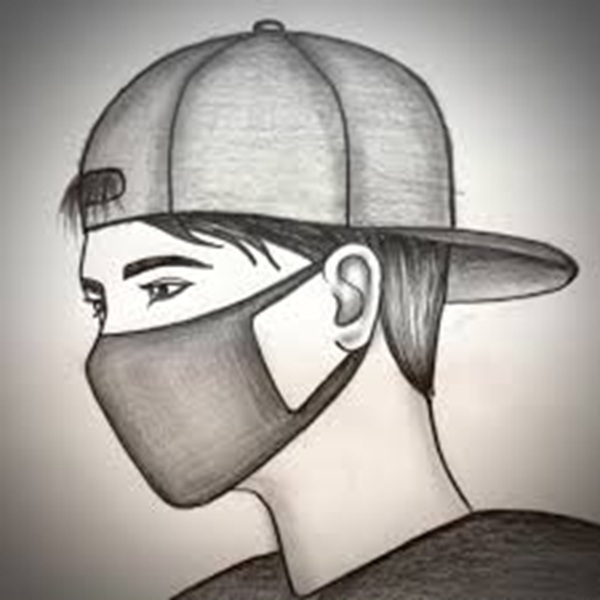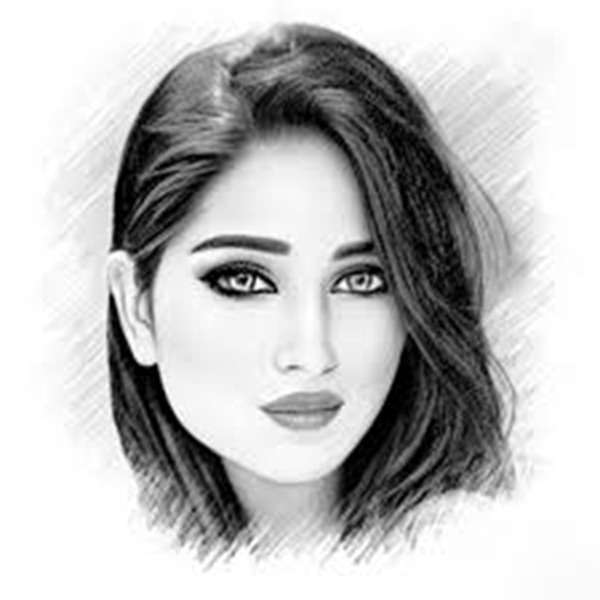High-resolution photos serve as the backbone for superb art adaptations. Starting with a photo that has plenty of pixels makes a world of difference in your craft. If you try to convert image to line drawing with a hazy or low-quality source, you’ll typically find the outcome lacking in detail. Crisp lines get lost, and nuances evaporate like mist in the early morning sun. Deeply ingrained in their creative process artists understand that every pixel counts and that every detail tells a tale.

Sharp images catch minute textures and delicate details that affect the result of your job. Working with high-resolution sources gives you greater opportunity to capture the intricacies of light and shadow—essential components in any effective line drawing. See every pixel as a little brushstroke. Your picture gets more detailed the more strokes you apply. Like building a mosaic from a pile of small tiles, the final image is less distinct the larger the tiles are. Every crease in a smile or whisper of a shadow shown in a clear, neat picture gives the depth required for a vibrant portrayal.
Although a good photograph provides clarity, many enter the conversion process confident and then regret missing a stage. Many times, people begin with overly small images. Then the conversion procedure produces jagged lines instead of neat, flowing ones. Another time someone might unintentionally change the contrast negatively. This will muddle the general attractiveness of the design by causing overdone darkness in some sections or washed-out lines in others. An incorrectly converted image seems more like a rushed sketch than a work of art when compared to a painting with broad, clearly defined brushstrokes.
Your product may be ruined or enhanced by the conversion technique you use. One of the key elements here is the way your program is built. Some tools come with the possibility to identify edges and tiny details efficiently. Others find difficulty with messy backgrounds or poorly light photographs. Many have found from trial and error that beginning with a high-resolution basis reduces these problems. Edge detection of the program improves with increasing resolution. Clearance lets the conversion tool register each line, curve, and junction with better accuracy, therefore enabling the reading of a tiny print in a book against one printed in big type.
Imagine trying to create a sculpture out of a stone block. The chisel clearly catches the intended design if the stone is smooth. Your carving may misread the original idea, though, if the stone is rough or marked unintentionally. Conversion of digital art matches exactly with this example. The finely ground stone that lets your chisel—the conversion tool—create neat, beautiful line art is a high-resolution image. Like a stone full of cracks, a low-resolution, rough image is difficult to recover the ideal form of what resides within.
Many artists have personally experienced the bitter lessons of inadequate conversion. One acquaintance once related a tale of working on a commissioned item for a big client. The customer sent a picture taken on an early smartphone device. Rushed and depending on fast corrections, the artist produced damaged and fractured lines. The last effort resembled more of a scribbles than a polished drawing. That event imparted a useful lesson: hours of rework later can be saved by spending time locating or producing high-quality photographs. Even a little more work now helps you avoid regret that tastes as sour as unsweeteled coffee on an early morning.

Ignoring to change resolution settings before starting the conversion is a common mistake. Some artists load the file into their program and demand perfection. They rapidly run upon problems such signal loss in minute detail or misaligned edges. Actually, it is basic arithmetic. Good clarity details from high resolution help to avoid these mistakes. Tools meant for picture conversion depend on the data from a top-notch source to operate as intended. For example, a 300 dpi (dots per inch) scan picks more tiny features than a 72 dpi thumbnail. Many professionals working in print or digital media follow these guidelines as the statistics tell for themselves—300 dpi is a verified benchmark for quality reproduction.
Experienced professionals repeatedly stress the need of fine-tuning parameters like brightness and contrast before conversion to prevent having to recreate extensive portions of your work. One artist once said that changing these settings was like changing the seasoning before baking a cake; a little salt or sugar in just the right amount will make a dish from plain to spectacular. Though it seems little, adjusting levels has a significant impact on the final line drawing. Little adjustments could define shapes precisely or completely wash them off. Always look for stray marks left after incorrect contrast adjustment.
Another consideration is color images. Making a full-color picture a line drawing often produces more than just black and white. Using different line strengths, some conversion techniques attempt to replicate the intricacies of gradients and tones. Starting from a clean, high-resolution source here allows the program to precisely estimate actual contrast variations. On the other hand, a lower-quality image can cause the program to guess. The result is a drawing that might resemble a disorganized sketch more than a clear, intentional work of art.

Though technological details are important, human involvement also counts. Sometimes computer algorithms overlook what the unaided eye could detect. Artists add flare where the machine got it wrong by hand, tracing over the mechanically produced lines. Those who see digital conversion as a beginning rather than the end product find great appeal in this hybrid approach. It’s like following a recipe where, after learning the foundations, you add your unique flavor. This approach produces artwork with the warmth of a personal touch mixed with the efficiency of technology.
Many first-time users of this approach believe that almost any picture might be quickly transformed into a chic line drawing. They might not give the degree of detail found in various photos much thought. For example, overlapping features and background noise in a congested street scene would make a neat line drawing difficult. On the other hand, a portrait can provide arresting, precise lines that accentuate the shapes and emotions of the subject. Considering the source image closely can help you determine whether a conversion will highlight the subject most effectively.
